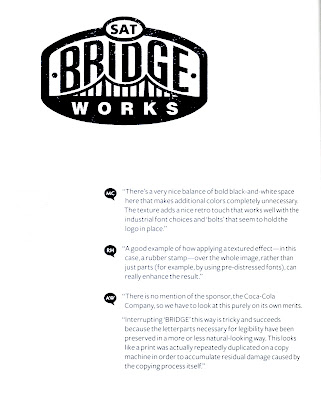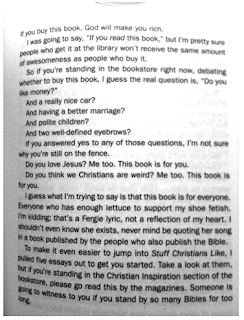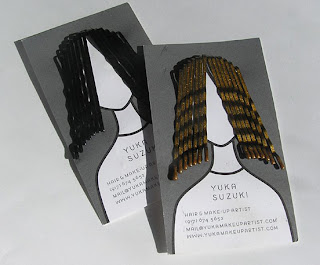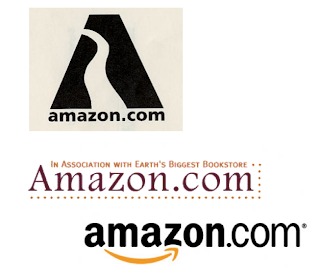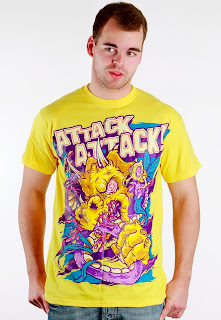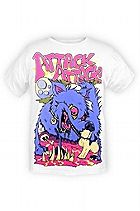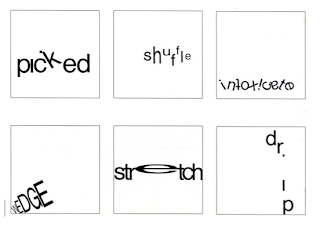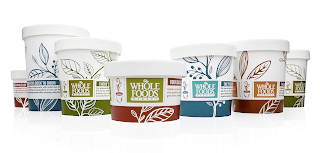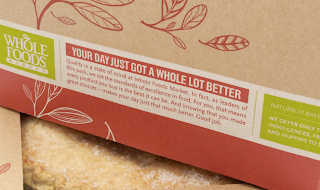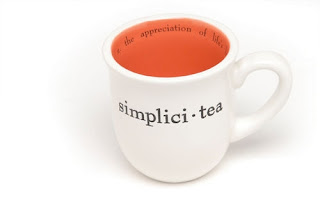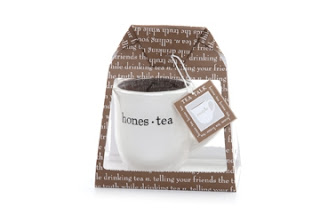Hello all,
I suppose the point of this blog is to prompt investigation into areas of design not covered in class, but while researching for Section B’s soda pack project I couldn’t help but take note of the incredible work that’s been put into DRY Soda Co.’s product packaging.
It is a testament to DRY’s thorough embedding in the “specialty” end of the soda business that I, though living just north of the Seattle area, had never heard of it before. I was, however, intrigued both by its clever, unique mission statement (to create sodas that can be paired with fine meals like wine can) and the remarkable purity of design that drives its limited marketing. A quick visit to the company website (drysoda.com) yields the discovery of an entire tab devoted to explanation of DRY’s design, and a list of accolades it has acquired over the years. It is easy to see why the list is very long.
Let’s start with the logo, since it bears relevance to not only our current project but to this past assignment dealing with typographic syntax. The type is big and bold (it looks like some form Franklin Gothic, but isn’t); the three-letter company title speaks for itself and is perfectly suited to portraying the no-nonsense, adult sensibility that drives the creation of some seriously high-end soda. But also note the inclusion of that paradoxical little detail of the water droplet replacing the inner “hole” of the D. It doesn’t interfere at all with readability; in fact, it took me a second to notice it the first time I was exposed to the logo. It’s playful, and in being playful it shows me, at least, that the company, while serious about their product, are still just in the business for the fun of it. That droplet, in my mind, becomes a key element of DRY’s ethos.
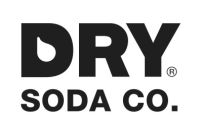
The bottles and packing materials go hand in hand, as they feature similar designs. Each of DRY’s unusual flavors is color coded logically – purple for lavender, red for rhubarb, etc. Normally this would be somewhat cliché, though the need for flavor recognition amongst buyers most likely makes it a necessity.
Instead, two things make a big difference here. The first is the intricate patterns that back the logo and the flavor label on each bottle and package. A closer look reveals that each pattern is made up of a repeated symbol that is representative of the flavor; you can make out, for example, orange slices for the “Blood Orange” flavor, sprigs of lavender for “Lavender,” and stalks of lemon grass for “Lemon Grass.” Granted, some of these work better than others. I have trouble, in particular, with the “Rhubarb” design, which eschews the long, straight root for small, jagged leaves to prevent confusion with “Lemon Grass.” These fit well together as a pattern, but I don’t naturally associate these leaves with the idea of the flavor they represent. “Blood Orange,” in my opinion, works the best by far; the repeating symbol is easily recognizable and the placement appears to be more controlled than with other labels. But no matter the result, the concept here is undeniably high. DRY breaks the mold by choosing an irregular label over the more common rectangular format, and because of this I could instantly distinguish a DRY Soda bottle on any crowded shelf.

The other important design element of the bottle, astonishingly, is the color of the soda itself: it’s absolutely clear. This makes for a stark and fascinating contrast between the label and the contents of the container. The overall effect is very clean, almost sterile, and this plays perfectly to the overall “grown-up” mentality of DRY as a company. It’s this simple but unorthodox strategy that makes DRY Soda Co. the best example of unified product design that I’ve ever seen.

 In example, Starbucks. However you feel towards the company and their coffee, you have to admit they know how to market. We all know their cups, their signature green and their siren. In fact, we know their look so well that they didn't even include their name on their recently updated logo. That's the power of branding.
In example, Starbucks. However you feel towards the company and their coffee, you have to admit they know how to market. We all know their cups, their signature green and their siren. In fact, we know their look so well that they didn't even include their name on their recently updated logo. That's the power of branding.

